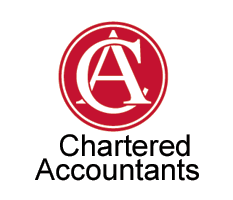Thinking about your cash flow
October 16, 2015 9:08 am Leave your thoughtsIf the three most important things in real estate are “location, location, location,” the first three rules of business are “cash, cash, cash.” It is necessary to be profitable, but “profit” is a number that shows up on your accounts at the end of the year; cash is the money you have in the bank. In a small business, it is cash that determines whether you can pay your bills.
Businesses can’t get money in unless they get their invoices out. However, many business people delay sending out their bills. This may be because they feel uncomfortable asking someone for money, afraid of being challenged on how much they’ve billed, or just too busy working to bill for it. The longer you wait to send out your invoices, the greater the chance you won’t get paid.
No matter what business you’re in, you’re going to have a lag between outgo and income. If you’re a consultant, you have to pay for your phone, stationery, marketing materials, and rent before you get your first client. Once you’ve got them, you’re not going to see complete payment for at least 30-60 days after you finish a project. Things are much worse if you’re a manufacturer. You’ve got to pay for raw materials and equipment many months before you’ll see final payment.
Draw up a cash flow projection. Even if you don’t write up a budget or income statement, it is a good idea to sketch out when you expect money to come in and when you need money to go out. In your projection, be sure to include:
-
Cash receipts, including income from sales and income from financingCash disbursements, including all expenses (cost of goods, operating expenses, loan payments, income tax payments, etc.)
-
Net cash flow — opening cash balance plus receipts, minus disbursements
- Ending cash balance
Categorised in: Firm journal
This post was written by admin


